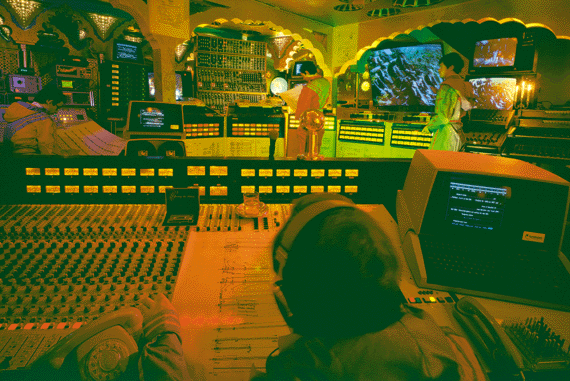The reason for Bach to make do with so few voices in his polyphonic work was solely a result of the restrictions which the size of the orchestra as well as the problems of performing more complex work with the orchestra causes – difficulties, due to which the fixed rhythm finally crept into classical orchestra practice, which Richard Wagner then tried to tackle with a completely new kind of use of notation.

Scientific investigations in the Micro Music Laboratories have also shown that every musical instrument needs its own echo situation for its own specific sound, but also for each musical passage to be realised – that is, its own acoustic space size, in order to reproduce the passage in such a way that the listener receives the information the composer has intended for him.
This is really quite simple to comprehend even for a layperson. When you perform Haendel’s “Messiah” with the rather quick “Hallelujah Chorus” in a large cathedral, the listener can hardly or even not at all differentiate the individual tones in succession, due to the overwhelming echo effect. This means, the musical theme no longer reaches him. And this is even more the case, the further away from the orchestra he is sitting.
If the space size of the cathedral could be constantly changed during the performance, such damage would be removed.
However, the investigations in the Micro Music Laboratories have shown that it is worthwhile to take this even further and to give special consideration to the sound of the individual instruments and/or the composition’s different sequences of notes. The listener will know how to appreciate this. As a consequence, such a procedure means the simultaneous application of any number of tonal spaces variable in their size.
© A A R E D I T I O N I N T E R N A T I O N A L 2000